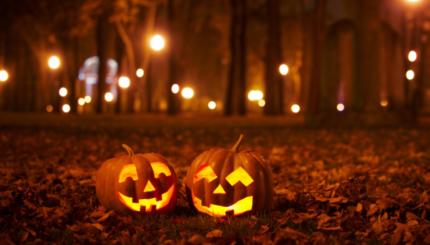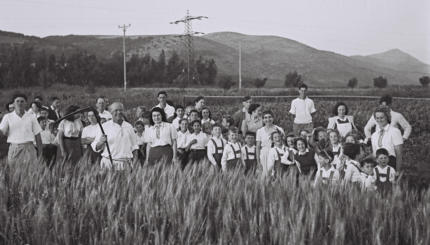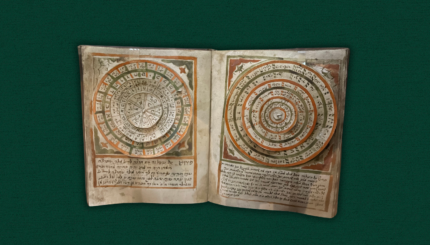What does a progressive seder plate look like?
A little bit like a fruit salad, according to frequent MJL contributor Jill Jacobs over on Jspot:
1) an orange (women/glbt), olive (peace in middle east), a broken ring (marriage equality), and even a flower on the seder plate (latter is, inexplicably, a vegan substitute for the beitzah/roasted egg).
2) at least four matzot (when I was growing up, the fourth was for Soviet Jews; now it’s for Darfuri refugees, Jews living in oppressive countries, and/or contemporary slaves.)
3) an empty chair for the captured Israeli soldiers, victims of terror, and/or Darfuris (again). (Given the size of my apartment, the people who showed up were lucky to have chairs, let alone the people who didn’t come)
4) an unlit candle for Tibet.
5) a cup of water for Miriam, and a fifth cup of wine for the state of Israel, the captured soldiers (again), or Jesus (uh. . . whoops–that would be the suggestion of the messianic website).
6) a fifth child, who represents either Holocaust victims or the unaffiliated (ok–this one wouldn’t actually take up any of the precious space in my 2-inch wide Manhattan apartment. . . ).
7) Special Haggadah inserts for (this year alone) global poverty, marriage equality, Darfur (third symbol’s a charm), Israel/Palestine (from multiple perspectives), righteous gentiles, sweatshops, and about fifteen that I’ve forgotten. (MORE)
Haggadah
Pronounced: huh-GAH-duh or hah-gah-DAH, Origin: Hebrew, literally "telling" or "recounting." A Haggadah is a book that is used to tell the story of the Exodus at the Passover seder. There are many versions available ranging from very traditional to nontraditional, and you can also make your own.
seder
Pronounced: SAY-der, Origin: Hebrew, literally "order"; usually used to describe the ceremonial meal and telling of the Passover story on the first two nights of Passover. (In Israel, Jews have a seder only on the first night of Passover.)


